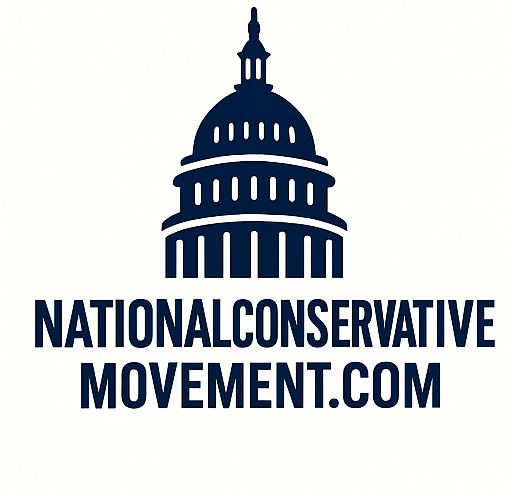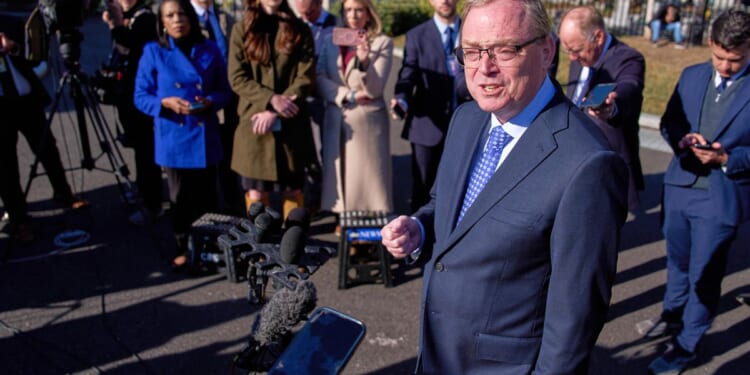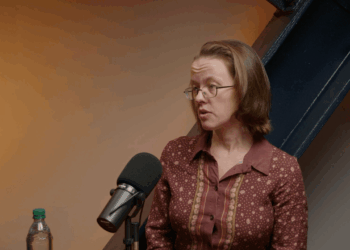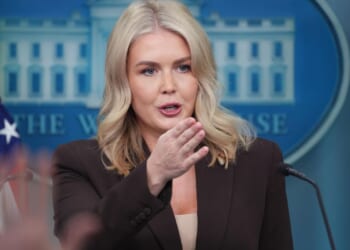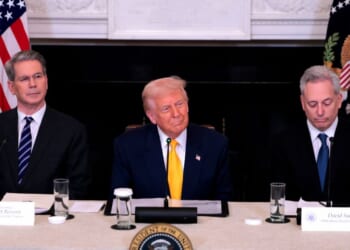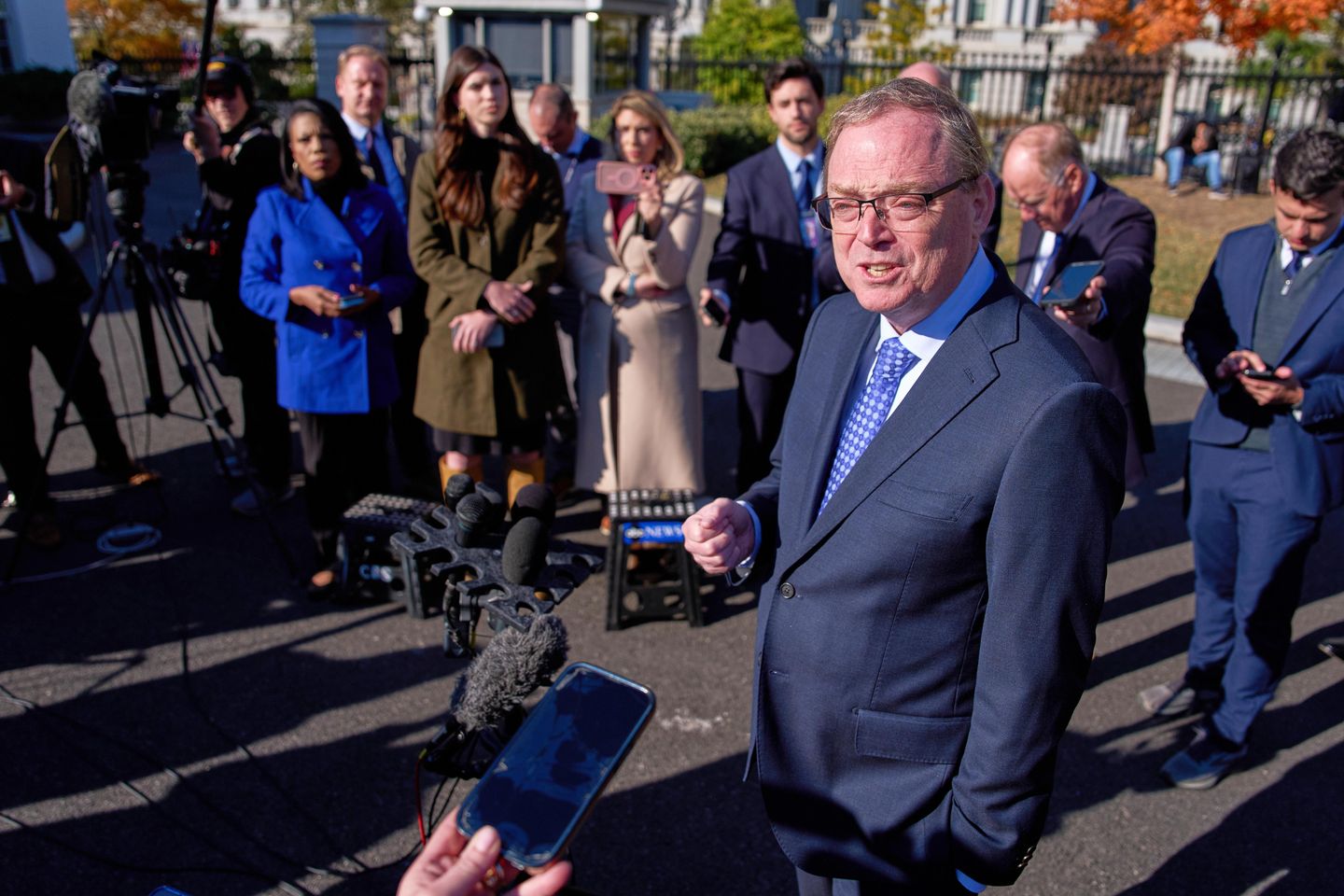
White House economic adviser Kevin Hassett said Wednesday that President Trump tamed runaway inflation, but there is “still work to do” as the White House and Democrats grapple for the upper hand on affordability in America.
Mr. Hassett, the director of the National Economic Council, said Mr. Trump has made progress, but the real drop in purchasing power is something Mr. Trump wants to fix.
“The first thing that we’ve done stopped the runaway inflation. The second thing we’ve done is we’ve pushed policies that have caused incomes to grow a lot. But we understand that people understand, as people look at their pocketbooks to go to the grocery store, that there’s still work to do,” Mr. Hassett said.
Mr. Trump faces pressure to deliver lower prices after running his 2024 campaign on a pledge to lower inflation.
In Democrats’ victories in off-year elections in Virginia, New Jersey and New York City, exit polls showed voters were focused on affordability, dialing up the heat on the White House.
The Trump administration argues its agenda will work over time, pointing to tax cuts, deregulation and tariffs designed to reshore manufacturing and boost U.S. wages.
Officials say they inherited a deep hole from the Biden years.
“Real purchasing power for a typical worker dropped $3,400 under President Biden, and has gone up $1,200 so far today,” Mr. Hassett said. “But Americans, rightly, are frustrated that they’re still $2,000 short, and that’s something that we’re going to fix, and we’re going to fix it.”
The Consumer Price Index for September showed inflation running at 3% on a year-to-year basis, or about a full point above the Federal Reserve’s target of 2%.
It’s unclear if the Bureau of Labor Statistics will even release inflation data for October. The White House said the government shutdown made it impossible for the bureau to collect the figures.
“The Democrats may have permanently damaged the Federal Statistical system with October CPI and jobs reports likely never being released,” White House press secretary Karoline Leavitt said Wednesday. “All of that economic data released will be permanently impaired, leaving our policymakers at the [Federal Reserve] flying blind at a critical period.”
The Fed is torn over whether to cut rates for a third consecutive time at its December meeting. Some members favor a cut to deal with a weakening jobs situation, while others fear inflation from Mr. Trump’s sweeping system of tariffs.
The Supreme Court is considering whether Mr. Trump overstepped in using a 1977 law to impose double-digit tariffs on other countries. Small businesses that sued Mr. Trump say he usurped Congress’s taxing power and increased costs on U.S. firms and consumers.
Administration officials have generally downplayed the idea that tariffs increase costs on consumers, though Mr. Trump recently said they “might be paying something.”
Treasury Secretary Scott Bessent said they will take steps in the coming days to give tariff relief on imported coffee, bananas and other items that cannot be grown or replicated in the U.S.
Critics of Mr. Trump’s tariff plan saw it as a tacit acknowledgement that tariffs lead to higher prices.
The White House said Mr. Trump is serious about a plan to take some tariff revenue and redistribute it to low and middle-income Americans in the form of $2,000 checks.
The move would require an act of Congress. Economic watchdogs questioned whether tariff receipts would even cover the cost of the checks, so the administration is working through the details.
“We’re actively studying the matter and getting the numbers straight so the president has all the choices he needs to decide what to do,” Mr. Hassett said.
